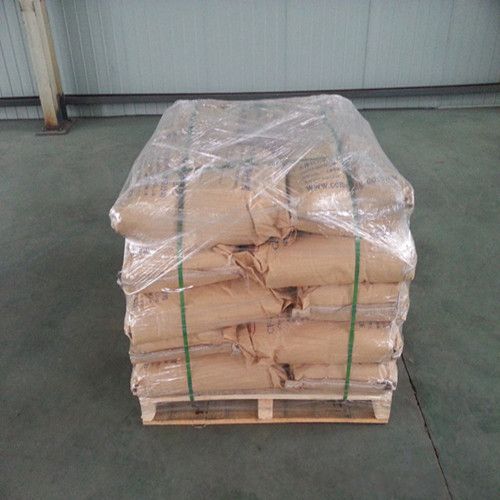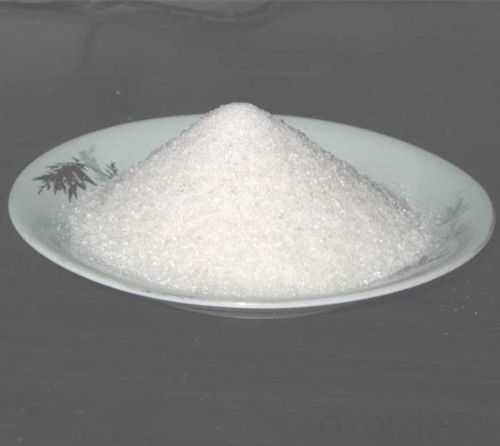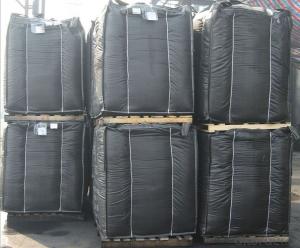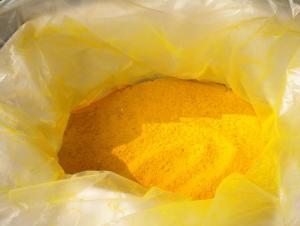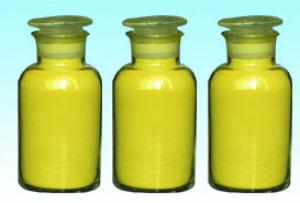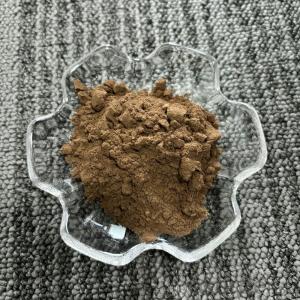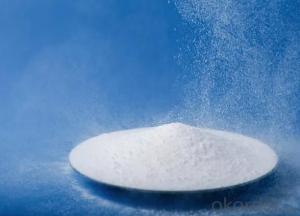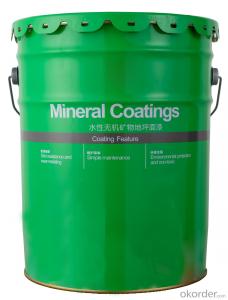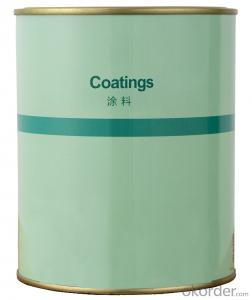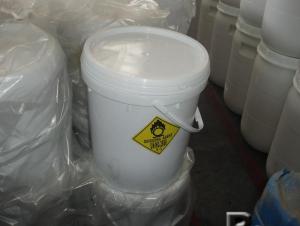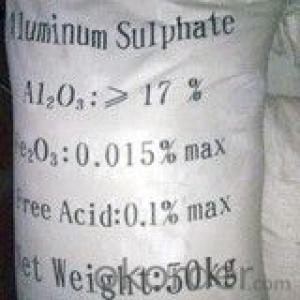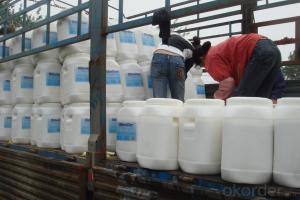Industrial Calcium Nitrate Anhydrous Construction Chemical
- Loading Port:
- China main port
- Payment Terms:
- TT OR LC
- Min Order Qty:
- 1000 kg
- Supply Capability:
- 500000 kg/month
OKorder Service Pledge
OKorder Financial Service
You Might Also Like
Industrial Calcium nitrate anhydrous
Description:
Molecular formula: Ca(NO3)2·4H2O
Molecular weight: 236.15
Product introduction:
colorless transparent monoclinic crystal, easily soluble in water, carbinol and alcohol.
It is oxidant. It is mainly used as refrigerant, rubber latex flocculant, cement hardening accelerant, and for the production
of firework and electronic valve.

Properties and applications:
Calcium Nitrate is colorless transparent crystal, it is soluble in water and alcohol, it is easily deliquesce in the air, it can be used in agriculture as quick fertilizer,firework electronic tubes, concrete anti-freeting admixture.
Storage and transportation notes:
avoid moisture, seal, separate from organic materials and sulphur. Please avoid rainfall
and sunlight in transportation.
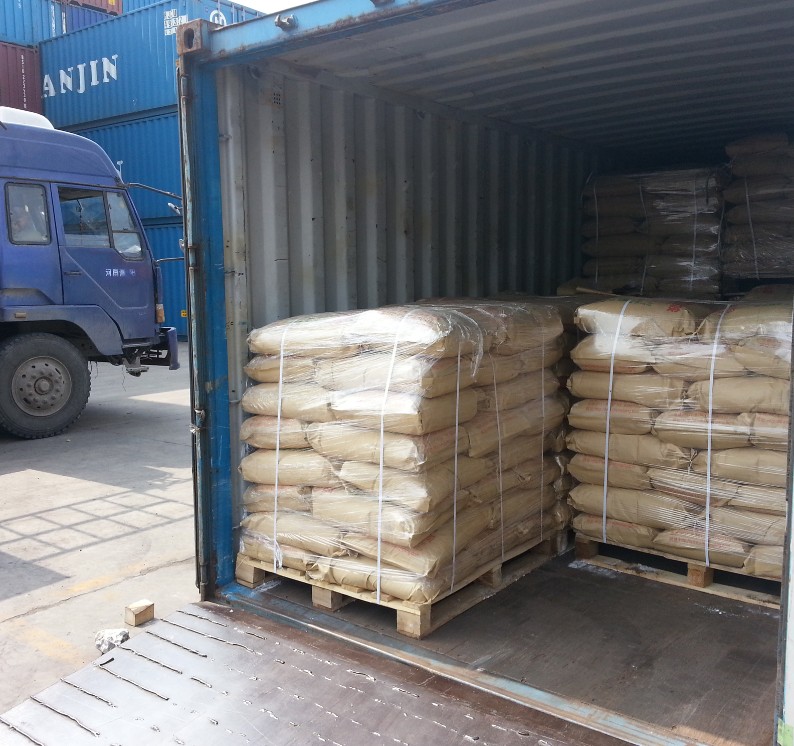
Packing: outer woven bag or paper-plastic compound bag, inner plastic bag.
main index | unit | industrial grade |
content | %≥ | 99.0 |
PH range | - | 5.0-7.0 |
heavy metal | %≤ | 0.0005 |
water insoluble | %≤ | 0.01 |
sulfate | %≤ | 0.02 |
Ferrum | %≤ | 0.002 |
chloride | %≤ | 0.005 |
Calcium oxide content(CaO) | %≥ | --- |
nitrogen content(N) | %≥ | --- |
FAQ
1.Q: What is MOQ?
A: Our MOQ is 1 TON.
2.Q: Could you offer free sample?
A: We can provide free samples to you for quality testing.
3.Q: What about your packing?
A: For liquid: Flexitank, or IBC tank 1000L
For powder:Woven fabric bag with plastic film liner( 25kg or 1000kg)
Clients’ packing is workable.
4.Q: How about your productive capacity?
A: 150000 tons/Year.
5.Q: What is your delivery time?
A: Within 7 days after received deposit or L/C at sight.
- Q:Why can some catalysts be reused in (chemistry)?
- Because the catalyst in the chemical reaction before and after the quality and chemical properties have not changed, so in the chemical reaction can be reused.
- Q:i know that the catalyst is not react in an reaction,,,so that i don't why could it speed up the reaction?? Further, how does the scientist determine the catalyst for certain reaction??please give me more example....i really want to know it! i do not have any idea about this...so hope your answer will help me....thanks!
- catalyst takes the reaction through an alternate path(series of reaxns) which has lower activation energy.hence it speeds up ur reaction
- Q:i keep messing up on those 2 simple things haha i would apprecaite some help.
- A catalyst is a substance that affects the rate of a reaction. It may participate, but cannot be consumed in the reaction. For example, KMnO4 catalyzes the breakdown of H2O2 into H2O and O2. In the end, as much KMnO4 exists as did in the beginning. An enzyme is a biochemical reagent that allows an organism to convert a compound into other compounds. This is part of metabolic processes. For example, maltose (a sugar composed of a chain of two glucose molecules) can be broken down into glucose by the maltase enzyme. Unlike a catalyst, enzymes may or may not be consumed/altered in the metabolic processes.
- Q:what is a catalyst?
- a catalyst is a substance that affects the rate of rxn without actually being consumed in the rxns . a catalyst doesnt become a part of the products. catalystss are of two types 1 POSITIVE CATALYST . it increases the rate of rxn . that is the products are formed faster . eg sunlight in a photochemical rxn is a positive catalyst 2 NEGATIVE CATALYST - which slow down a rxn . like addition of glyceriene to hydrogen peroxide slows down its decomposition
- Q:High school knowledge __ teacher do not know right!
- Nothing to do, but with the percentage of activated molecules, is proportional to
- Q:What kind of compounds or elements can be used as catalysts in high school chemistry? What is the catalyst for what?
- See what is the reaction of the ah, sulfuric acid is commonly used catalyst, simple words, such as iron is also commonly used to
- Q:how could scientists know the exact catalyst for every reactions??? THANX sooo much
- Believe me, nema, there's no way that we chemists know the best catalyst for every reaction. That would be simply impossible. However, from the type of reaction, the reactants, products, reaction conditions, solvents, etc. and from one's experience and the literature (papers and patents) one can get a good idea for most reactions of the type of catalyst that has worked for similar systems. One then starts off with a catalyst from the literature and modifies or changes it if improvement is needed based on chemical principles that one learns. There are also some theoretical calculations that can be made. Sometimes they work and sometimes they don't :) If it is an industrially important process like the Haber process for making ammonia from nitrogen gas and hydrogen gas, there may be thousands of catalysts which have been tried and evaluated. New minor improvements are being made every day. When a company does find a very good catalyst for an important reaction, often they keep it a trade secret. The good catalyst can make a huge difference in how commercially successful a particular process is. That's a large part of what chemical engineers do. You may never know if you have the best catalyst. The most you can hope for is one that is good enough. So it's a few parts personal knowledge, a few parts literature, a couple of parts theory, a lot of experimentation and often, more than not, a little luck. :)
- Q:What is the microcosmic principle of the catalytic reaction in the chemical reaction?
- The catalyst reduces the activation rate of the reactants by increasing the reactant density of the reaction conditions and making the chemical reaction easier.
- Q:Why can't catalysts make an unfavorable reaction favorable?Can anyone give me a relatively simple explanation for this?Thank you so much in advance!
- Catalysts, as enzymes, only change the activation energy (the energy the compound needs to gain to transform into products), they don't change the Gibbs energy values of reactants nor products. Therefore, if the delta G of the reaction is positive, it'll still need free energy to complete. They make a reaction complete faster than in normal conditions, but don't change the actual possibility for that reaction to happen. In the human body, a lot of reactions of catabolism have a positive G value and these reactions needs to get energy from other coupled reactions that have a negative value, so the total value is still negative. Many of them use hydrolysis of ATP to provide that energy, as its hydrolysis is about -30 kJ/mol in physiological conditions. I don't know what class you're in to ask this question, so can't really know if this answer is too simple or complicated for u... sorry in advance! Jo?l
- Q:Describe the role of a catalyst and a substrate in a chemical reaction.
- a catalyst lowers the activation energy of a reaction. By lowering the activation energy, the internal kinetic energy the reactants become sufficient for the reaction to occur on a much larger scale and thus appear faster. Without the catalyst, you would depend on the statistical probabilities of small numbers of reactant particles having enough internal kinetic energy to overcome the activation barrier. a substrate is merely the substance in the reaction being catalyzed
1. Manufacturer Overview |
|
|---|---|
| Location | |
| Year Established | |
| Annual Output Value | |
| Main Markets | |
| Company Certifications | |
2. Manufacturer Certificates |
|
|---|---|
| a) Certification Name | |
| Range | |
| Reference | |
| Validity Period | |
3. Manufacturer Capability |
|
|---|---|
| a)Trade Capacity | |
| Nearest Port | |
| Export Percentage | |
| No.of Employees in Trade Department | |
| Language Spoken: | |
| b)Factory Information | |
| Factory Size: | |
| No. of Production Lines | |
| Contract Manufacturing | |
| Product Price Range | |
Send your message to us
Industrial Calcium Nitrate Anhydrous Construction Chemical
- Loading Port:
- China main port
- Payment Terms:
- TT OR LC
- Min Order Qty:
- 1000 kg
- Supply Capability:
- 500000 kg/month
OKorder Service Pledge
OKorder Financial Service
Similar products
New products
Hot products
Hot Searches






